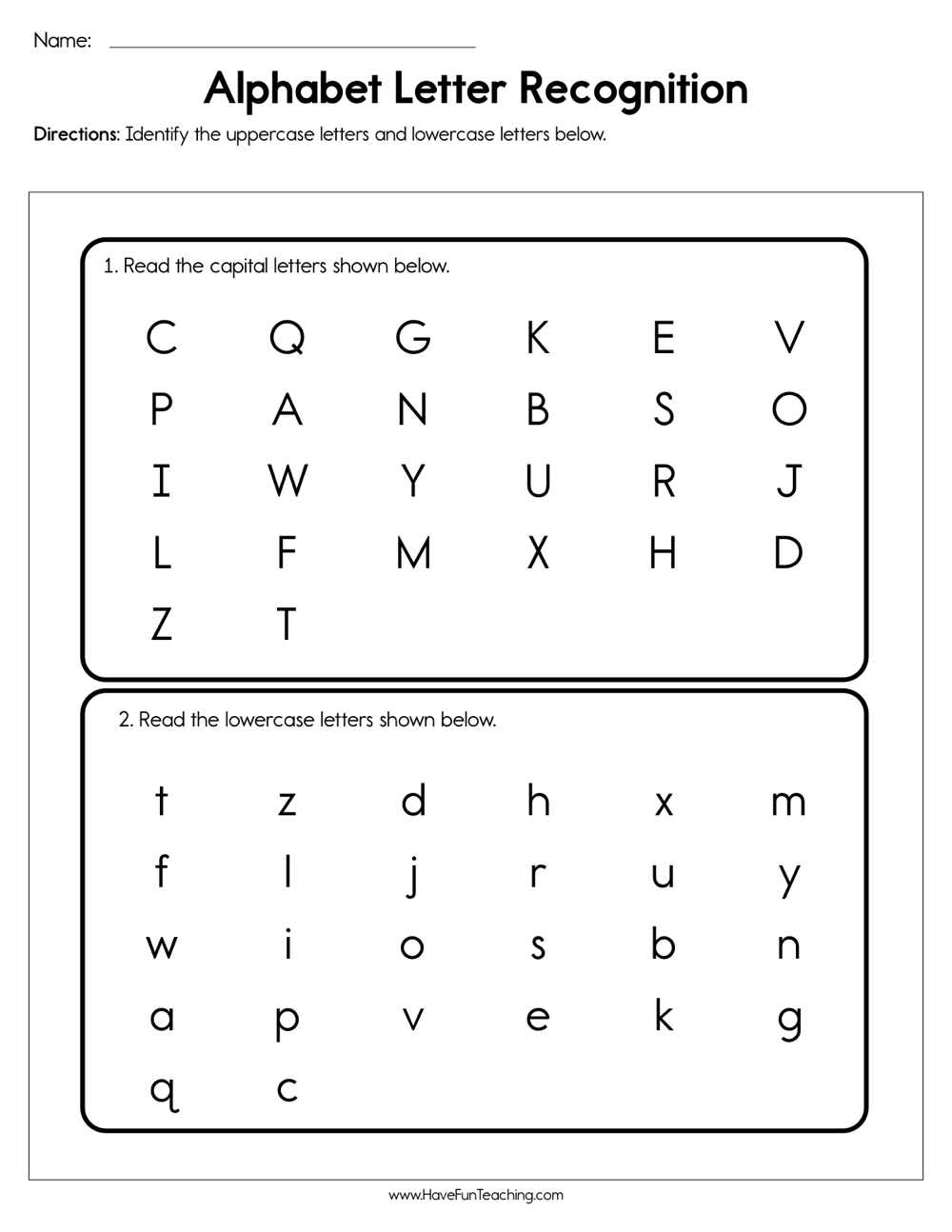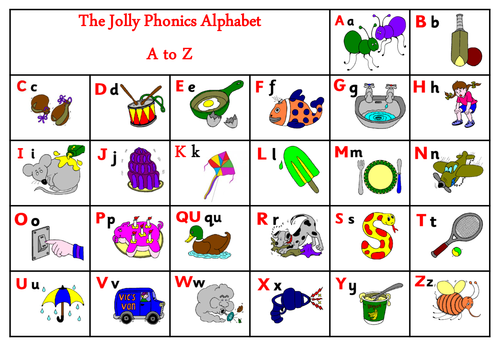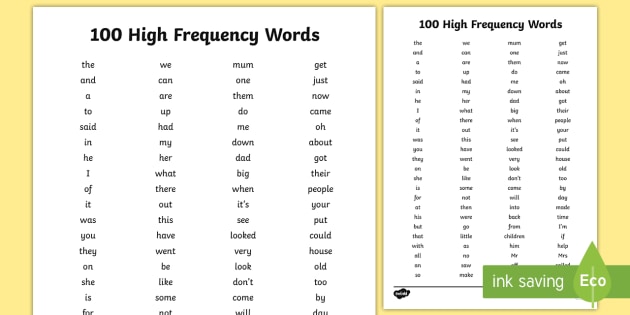Module 5 Definitions
Interactive Writing (n.) - a cooperative event in which text is jointly composed and written; often used in a classroom setting, teachers may utilize interactive writing sessions to model reading and writing strategies.

Letter Recognition (n.) - the ability to visually recognize letters of the alphabet through hands-on learning.
 Learning letter recognition is important because it enables beginning readers to figure out how printed text is associated with the spoken language. Having a mastery of ltter names can make learning letter sounds easier for young readers.
Learning letter recognition is important because it enables beginning readers to figure out how printed text is associated with the spoken language. Having a mastery of ltter names can make learning letter sounds easier for young readers.
Phonics (n.) - a method of teaching people to read by correlating sounds with letters or groups of letters in an alphabetic writing system

Phonics is important because it teaches students the most common sound-spelling relationships so that the process of decoding and encoding are made easier. The ability to decode is critical to success in reading and literacy.
High Frequency Words (n.) - words which occur most frequently in written material, which often have little meaning on their own, but contribute to the meaning of a sentence.

A child's ability to decode words and become a fluent reader is often impacted by that child's ability to read high-frequency (sight) words without hesitation. Understanding high frequency words helps children better understand what they are reading.

The purpose of the process is to teach children to write well by allowing them to imitate the modeled instruction of the teacher. It is important because it provides student with a model of reading/writing strategies to use while also engaging with their teacher.
Letter Recognition (n.) - the ability to visually recognize letters of the alphabet through hands-on learning.

Phonics (n.) - a method of teaching people to read by correlating sounds with letters or groups of letters in an alphabetic writing system

Phonics is important because it teaches students the most common sound-spelling relationships so that the process of decoding and encoding are made easier. The ability to decode is critical to success in reading and literacy.
High Frequency Words (n.) - words which occur most frequently in written material, which often have little meaning on their own, but contribute to the meaning of a sentence.

A child's ability to decode words and become a fluent reader is often impacted by that child's ability to read high-frequency (sight) words without hesitation. Understanding high frequency words helps children better understand what they are reading.
References
Bear, D. B., Invernizzi, M., Templeton, S., & Johnston, F. (2011). Words their way:
Word study for phonics, vocabulary, and spelling instruction (6th ed.). Upper Saddle
River, NJ: Pearson.
Comments
Post a Comment